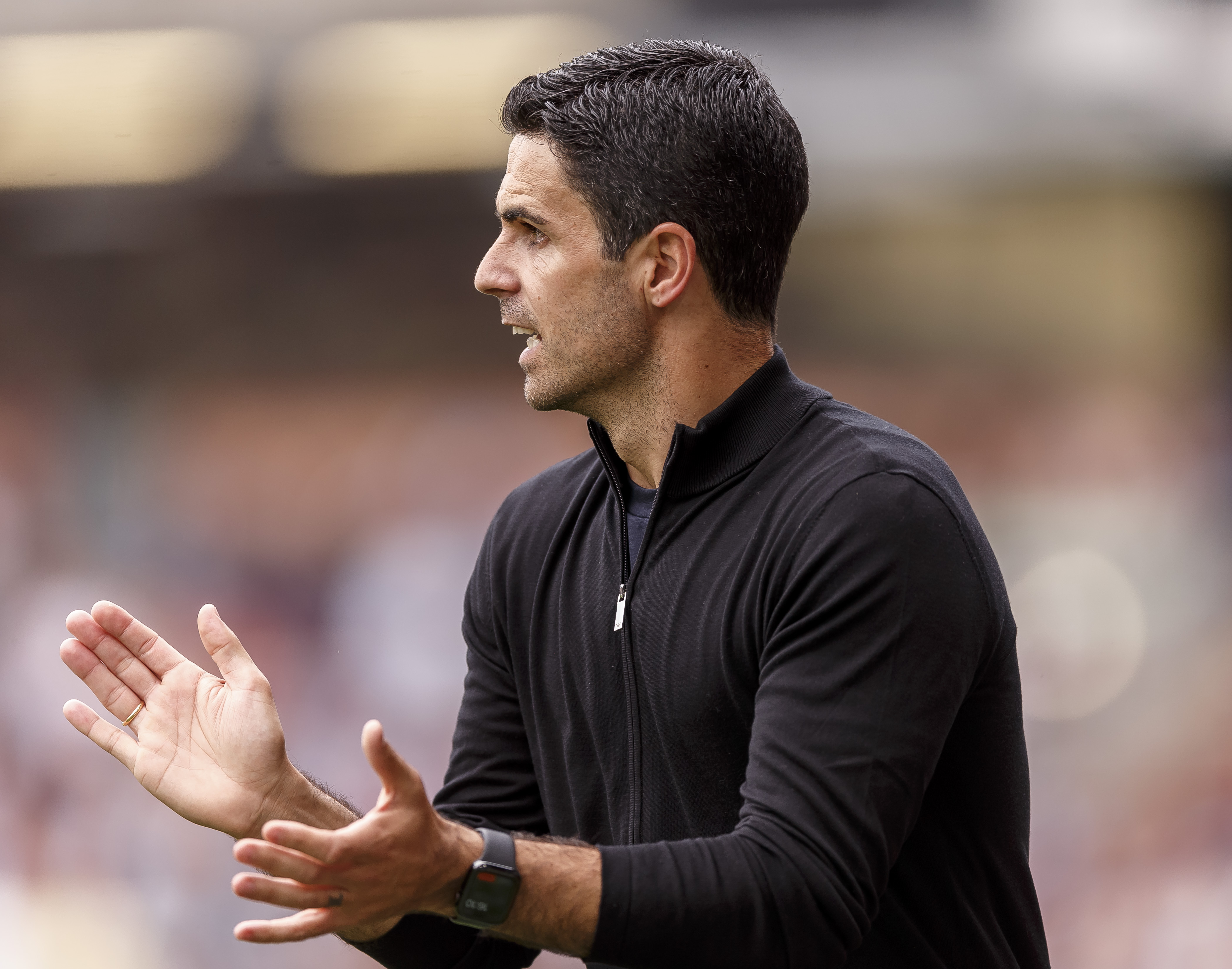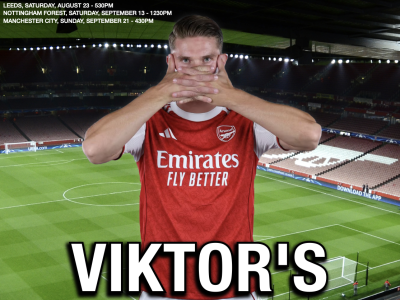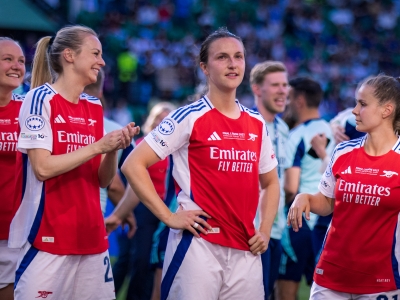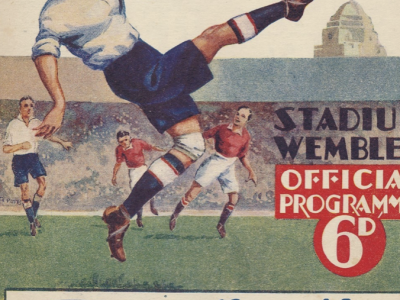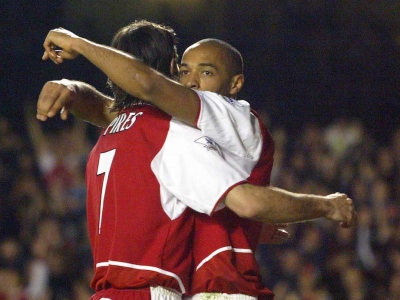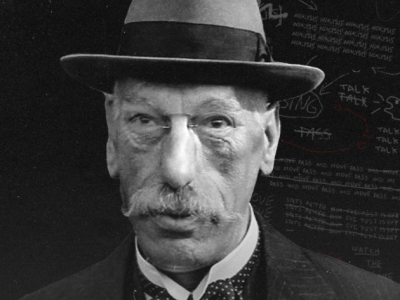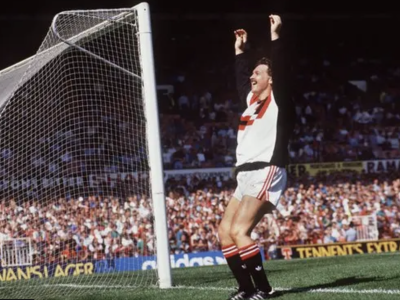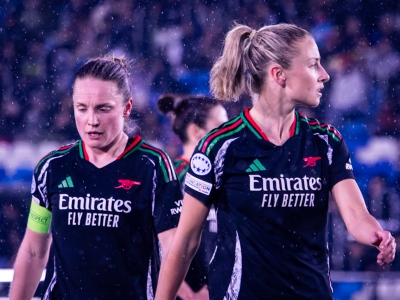Recent drama has brought the culture at Arsenal into sharp focus.
To me, there are three key factors that have been used to super-charge the culture at Arsenal.
Pierre-Emerick Aubameyang, the club’s leading scorer and talisman in our last FA Cup winning run, being stripped of the captaincy and ostracised from the first team before being moved on to Barcelona for persistently disregarding the non-negotiables of respect for the club and commitment, is a great example of the new culture.
There are other more positive illustrations of this. Gabriel confronting Johnny Evans after he collided with Ramsdale. The way the team rallied around a stricken Saka having been assaulted by MacArthur.
Aaron Ramsdale stretching every sinew to save Madison’s free kick at Leicester. The way Ramsdale celebrates every goal with the fans.
The way the team celebrated Lacazette’s winning goal at Wolves.
There is a togetherness, a motivation to give their very best, and more recently a freedom of expression on the field.
So, what has changed?
1) Improved competence
The first is improved competence.
In football terms that is an improvement in technical ability and tactical acumen.
Last summer, Arteta brought in six young players that have improved the team in these areas. When looking at technical ability, they are all better individually, more capable of receiving the ball in tight areas, better in 1v1 situations; and more comfortable playing with both feet.
They are also more proficient in the basics of the team game, great passers of the ball and more clinical with their combination play. Tactically, the new recruits (with the exception of Ramsdale) can play in multiple positions.
For example, Tomiyasu can play with both feet as either a full back or as a center back. He has also shown the ability to tuck inside to play in a central midfield role.
These are all positions that have very different responsibilities in all phases and require very different technical skill sets but more crucially a more in-depth understanding of the game.
2) Relatedness
The second factor is relatedness, which is the sense of feeling connected to each other and the club.
Arteta has done a lot to help solidify the connection between the players and the club.
The recent renovations at London Colney are a great example of Arteta’s attempts to connect this new young Arsenal team to the club’s traditions and values.
At the entrance is an image of our greatest ever manager with wise words of the legend himself: “Here you have the opportunity to get out the greatness that is in each of you”.
The players have embraced Wenger’s presence by high fiving his image as they walk past him.
Another way Arteta has enhanced the feeling of connection has been through the recruiting policy. In the summer we brought in players with a lot of shared characteristics and experiences. They’re pretty much all the same age; have a similar amount of game experience in European football; and speak English.
Some have left their native country for the first-time, a few have started their international journey together by breaking into U21 and full international squads. While others have been in leadership positions with previous clubs or for their country. These mutual traits and events bond players together.
The feeling of knowing what someone is going through and understanding where someone is coming from, helps players build empathy, in turn creating heightened celebration when outcomes are positive.
They know what their teammates are capable of and what each other had to go through to be where they are. There is a mutual respect.
3) Autonomy
The last factor is autonomy.
This may be the most important factor of all. This is where buy-in comes from.
When a player feels they are included and valued as a player and person, they start to buy-in. In the last five-years the buy-in has never been more evident.
In the EFL Cup semi-final second leg against Liverpool, Tomiyasu, learning that we didn’t have a right-back available for the game made himself available for the game having returned from injury without having completed a single minute of team training since the injury.
He did it at great personal cost because he hasn’t been able to play since. Where has this attitude, this sense of sacrifice come from?
Above the entrance door at London Colney is the oath all players must take before they cross the threshold, ‘I commit to improve myself and the team’.
It’s a promise that the player makes to themselves and their teammates.
A statement that emphasizes not only commitment to the cause but also that they are in control of their actions when they pass through the doors.
When players are asked for their input and listened to, they believe that they are a part of deciding the direction the team is heading in and the commitment to the cause is heightened.
This notion of the players being in control of their actions is rife. After the Premier League loss to Liverpool, Ramsdale said “The boss has just said it in there and a couple of us have said it as well.” alluding to the idea that the players are encouraged to speak up during the team talks.
This kind of encouragement to take control is becoming a regular occurrence on the training pitch too.
After our terrible start to the season Gabriel said of Arteta in an interview “He [Arteta] helps us a lot on the pitch, in terms of deciding how we are set up and the systems we use. He guides us forward but he also asks us questions about what we think might be best for the team.”.
It’s undeniable that things have changed at Arsenal
We are fantastically positioned to take the last Champions League place, with many believing we are positioning ourselves to take third place from Chelsea.
The state of perpetual chaos around the club is subsiding rapidly. Gone are the days of players fighting with each other on the training field, or publicly questioning and defying the gaffer.
Players are asked to make Arsenal their priority, where in the past there have been times where players have thrown themselves into non-football activities that have taken the focus away from their performance on the field.
There is a new maturity about the squad. The players are better technically. They have a better understanding of the game as a whole. They are more together and more motivated to be successful than we’ve seen in some time.
Make no mistake about it, this is no coincidence.
This is a carefully calculated and controlled outcome crafted by a Master coach. It’s a very clever and purposeful example of how psychological theory is applied in a real-world setting.
In this case it’s psychological theory of motivation called Self-Determination Theory.
It is understanding the different personalities, cultures, and backgrounds in the locker room and creating an environment where they are all intrinsically motivated to work hard and improve both individually, but more crucially, for one another.
This is work that even the great master coach that is Arsene Wenger would be impressed with.

